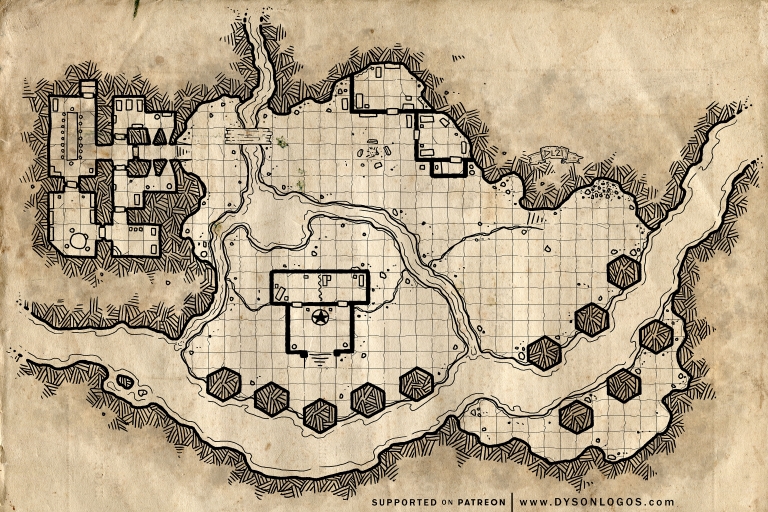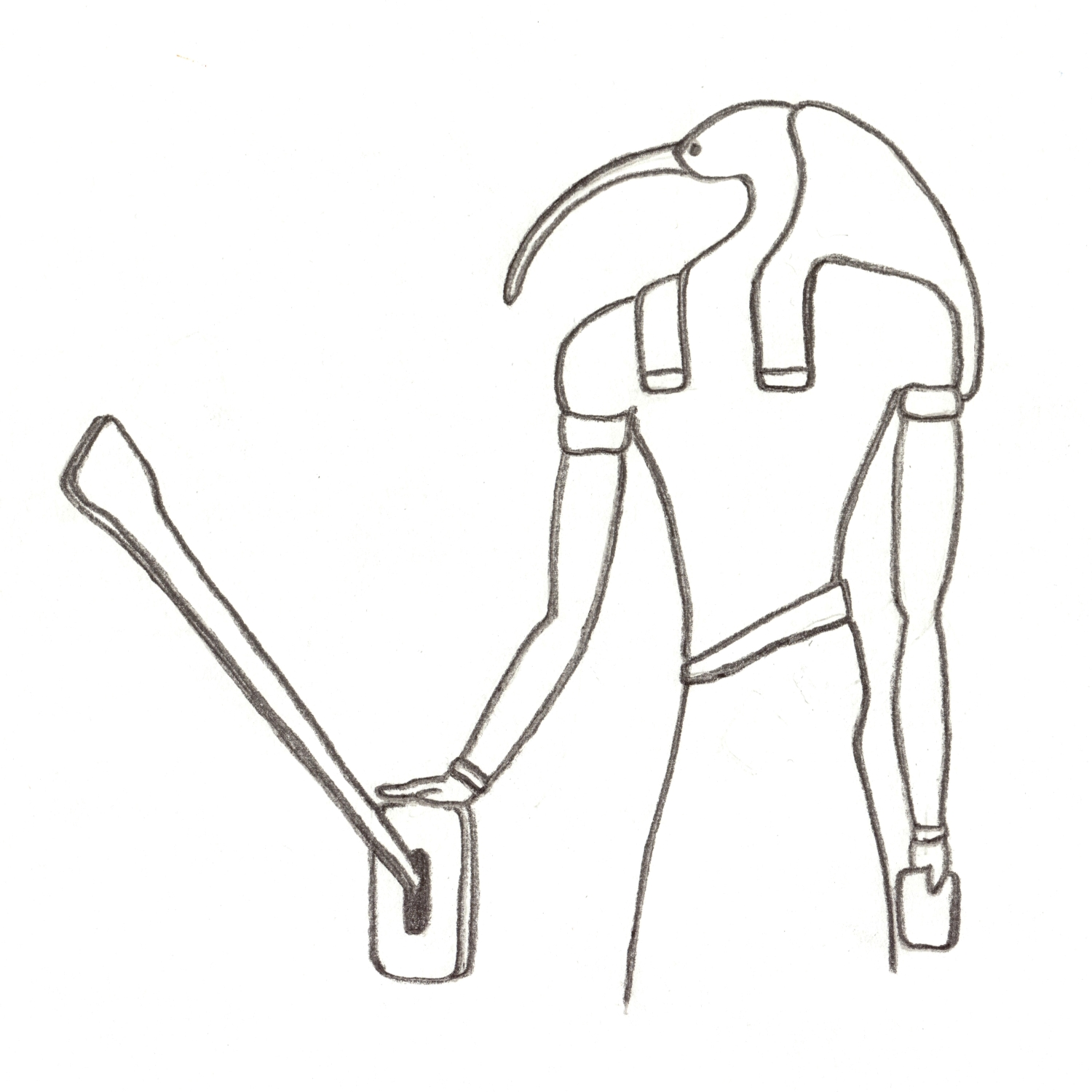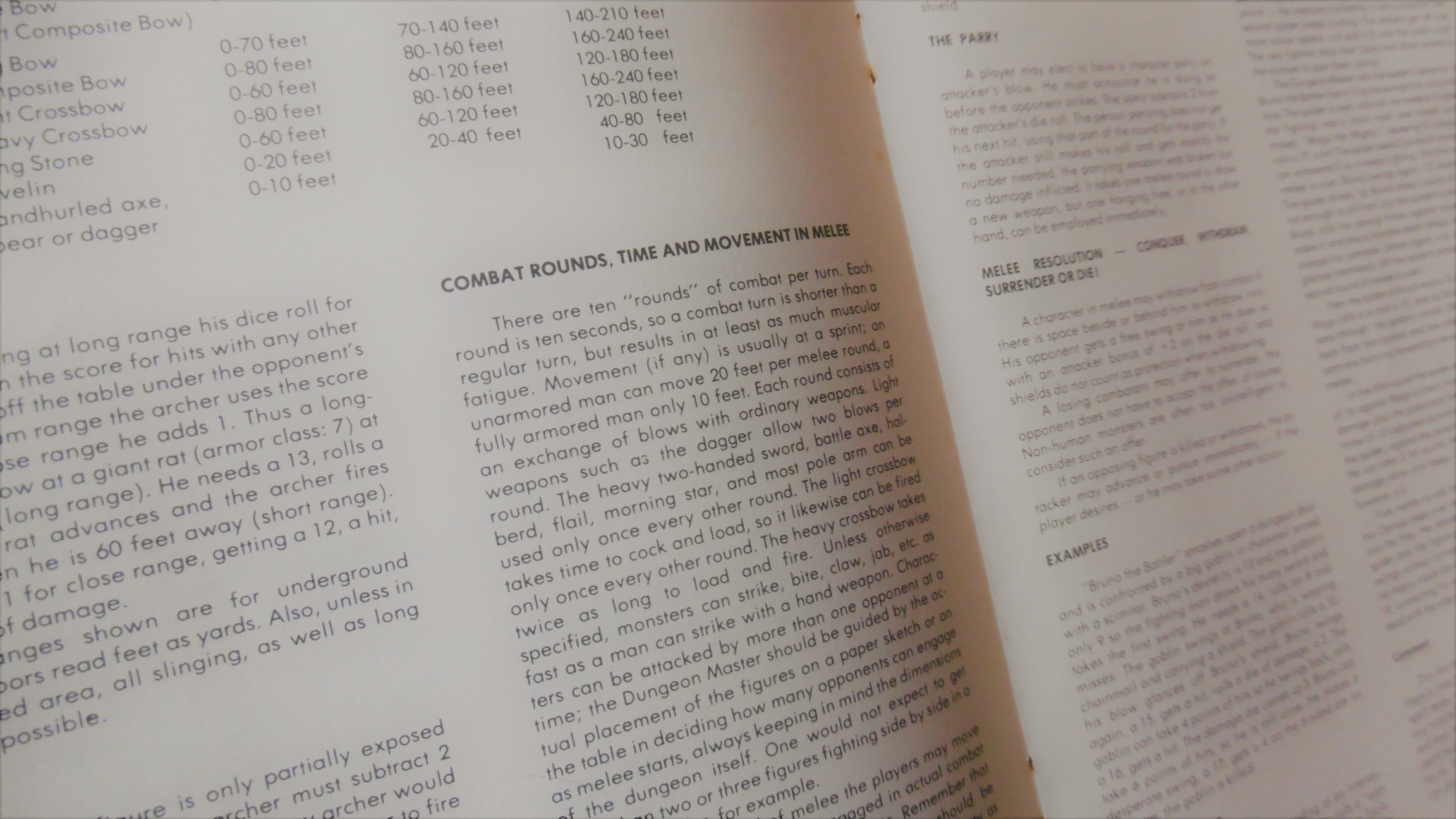Parry and Riposte
These rules are paraphrased from Phenster’s article “Riposte Like Fencing,” L’avant garde #43 (February 1982).
Like Hazard says, the parry rule in Holmes (21) is useful if the opponent is invulnerable to your weapon. We might also employ the parry when we have to fill a hole in the skirmish line and the opponent’s AC is so high that we have little chance to hit, or if we want to convince an attacking monster of our friendly intentions in order to parley. In any case, it’s an interim tactic. We don’t want to be deflecting attacks without a counter blow for long before we follow Jinx out of Dodge.
Riposte [E] increases the parry’s usefulness without making it too advantageous. A knock-on effect, exposed in Phenster Prime’s single combat with Beowulf “the Bully,” is that fighters are encouraged to arm themselves with a variety of weapons.
Riposte [E] and Chance to Break Weapon [E] require some classification of weapons into heavier and lighter. A table of weapon classes by weight: light, ordinary, heavy, and extra-heavy, is given in Damage Dice by Weapon Class [H].
Parry [E] only integrates the Holmes parry into the initiative order with Hold Action [E].
Note that when using Multiple Attacks per Round [E], the parry and riposte count as one attack.
Parry [E]
To parry, the defender must hold an attack until the opponent’s count in the initiative order. A defender whose count is lower in the initiative order must hold the action until the opponent’s count in the next round. As in Hold Action [E], the defender’s initiative count becomes the same as the opponent, unless the defender then ripostes (see Riposte [E]). The parry rule from Holmes is otherwise unchanged.
Chance to Break Weapon [E]
Concerning the possibility that the weapon breaks, we assume Phenster makes no change in the Holmes parry. I make the following amendment, taken from Chainmail’s Man-to-Man Combat (25-6): Only a lighter parrying weapon has the chance to break. If the weapon breaks, the defender cannot riposte.
Riposte [E]
Though a parry is always possible, a riposte is allowed only when the defender fights with a weapon lighter than the opponent’s weapon or when both combatants wield light weapons. A riposte is a normal attack, which may be made immediately following a successful parry. The riposte takes place on the initiative count after the parry.
Phenster’s Examples
Taking both examples from Phenster’s article, I detail actions in each round and add commentary. In both examples, the match ends when one combatant scores three hits.
Aside, I note in the single combat example that the Pandemonium Society uses a system for multiple attacks that would seem to match Nils’ rule printed in L’avant garde #33 (September 1980).
Fencing Duel
According to the group’s fencing rules, the referee halts the combat after each hit. Mandykin, with the higher AC, goes before Jinx.
Rounds 1 and 2:
- Mandykin holds her attack, parries.
- Jinx attacks, misses.
- Mandykin ripostes and hits.
- [Halt]
Round 3:
- Mandykin holds her attack, parries.
- Jinx attacks, misses.
- Mandykin ripostes and misses.
Round 4:
Because she riposted, Mandykin’s initiative count in this round is after Jinx.
- Jinx attacks, misses.
- Mandykin attacks, hits.
Both Sides Parry
Phenster doesn’t mention the possibility that both sides might parry. To cover the case, we carry the example further. Let’s say, in round 4, Jinx parries, holding the action until Mandykin attacks. When, instead, Mandykin holds her action to parry, both sides have the option, according to Hold Action [E], to execute an action before the end of the round.
One way a DM might handle it:
- Inform the players that both combatants are holding an action, ready to parry: “You’re both ready to parry, what are you going to do?”
- Allow a beat, maybe two: “One, two…”
- The first to say they attack, does so versus the other’s parry. If the parry is successful, the defender may riposte.
- If neither commits to the attack, the actions are held to the next round…
Imagine, when also using Maneuver [E], the two combatants, weapons raised, circle around each other, looking for an opening… Might be an opportunity to feint.
Single Combat
Phenster Prime, armed with a dagger, faces Beowulf “the Bully” with his two-handed sword. The Bully has the higher Dexterity.
Round 1 (0-0):
With the two-handed sword (long quality), Beowulf attacks at the beginning of the initial round, while Phenster, with the dagger (short), attacks at the end.
- Beowulf charges, hits.
- Phenster misses.
Round 2 (1-0 Beowulf):
Now engaged in melee, the light dagger gets first attack and usually gets three attacks per round against the extra-heavy two-handed sword, which goes at the end of the round. But, because Phenster wants to parry Beowulf’s attack and the other has the higher Dexterity score, he holds his second attack until the end of the round when his opponent swings the larger blade. The parry succeeds and the riposte hits, but the round ends and Phenster loses the third attack.
- Phenster misses.
- Phenster holds action to parry.
- Beowulf misses.
- Phenster ripostes, hits.
Note that, against an untested foe, a combatant may be ignorant of the other’s agility (i.e. place in the initiative order) until later in the melee. If Phenster had taken his second attack, he would not have been able to parry Beowulf’s swing, though he could have made his third attack afterward.
Round 3 (1-1):
Phenster’s riposte, end of round 2, puts him immediately after Beowulf in the initiative order, so, at the beginning of this turn, the situation is the same. Even so—as if convinced the parry should work to his advantage—he executes the same sequence of attack and parry. But the parry fails, Beowulf hits, so Phenster cannot riposte, nor can he make the third attack.
- Phenster misses.
- Phenster holds action to parry.
- Beowulf hits.
Round 4 (2-1 Beowulf):
Because the parry failed in the previous turn, Phenster’s initiative count this round is the same as his opponent’s. The dagger man can take the second attack normally, then parry with the third attack, which is simultaneous with Beowulf’s attack. With two hits this round, Phenster Prime wins.
- Phenster hits.
- Phenster misses.
- Phenster parries.
- Beowulf misses.
- Phenster ripostes and hits.
“No more room for mistakes…”
After twice losing his third attack, Phenster seems to recognize a tactical error. While taking a chance to lose the second attack to a failed parry in the second and third rounds, he was sure to lose the third attack, because the exchange with the two-handed sword occurs at the end of the round. In the fourth round, he gets all three attacks only because the exchange of blows is simultaneous.
Even cursory analysis shows that a simple 10% less chance to be hit is not worth the certainty of losing an attack. Whether it’s worth the possibility of losing an attack (odds of the parry failing) is less clear. Without working out all the calculations, it’s fair to say that we shouldn’t “just parry willy-nilly.”



